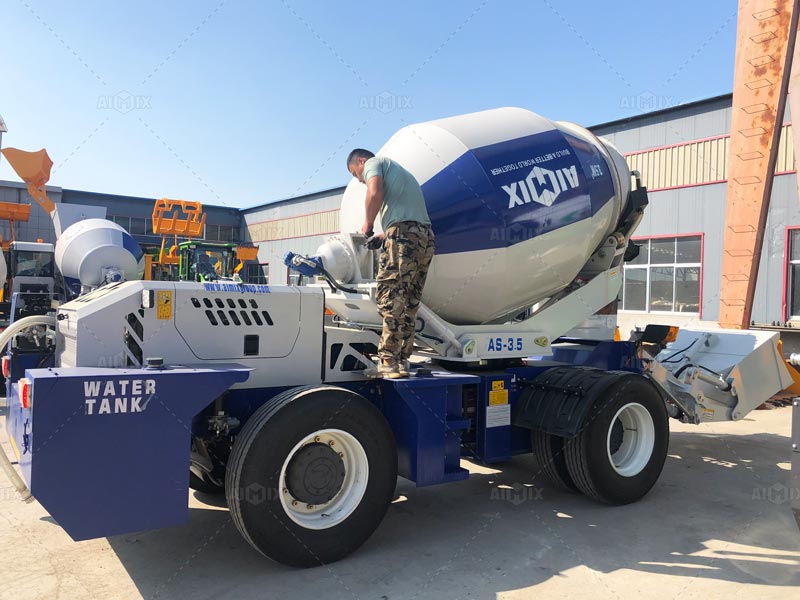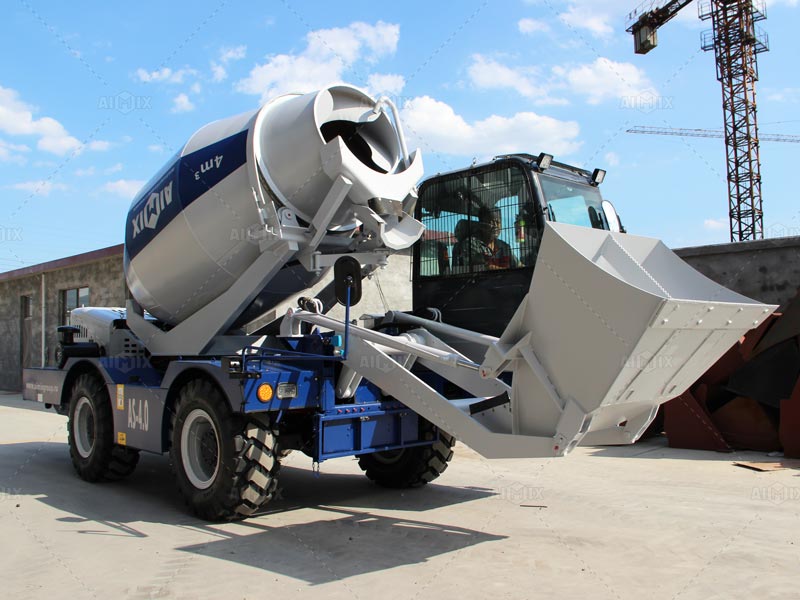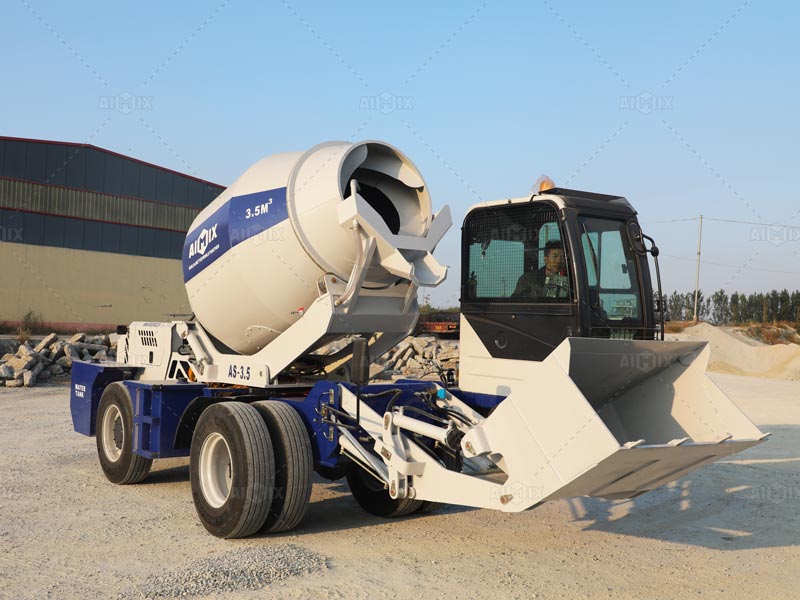In the landscape of contemporary construction, especially within rural settings, self-loading concrete mixers (SLCMs) are revolutionizing how projects are approached. This article delves into the multifaceted roles these innovative machines play in enhancing efficiency, accessibility, and sustainability in rural construction endeavors.

Introduction to Self-Loading Concrete Mixers
Self-loading concrete mixers combine multiple functions into a single unit, making them highly efficient and versatile. This concrete self loading mixer autonomously load the ingredients for concrete, mix them to the required specifications, and transport the fresh concrete to its pouring location. Their design is particularly advantageous for use in areas where conventional concrete delivery methods are impractical or too costly.
Enhancing Efficiency in Construction Projects
Reducing Project Timelines
SLCMs significantly cut down on the time required for concrete production and delivery. By automating the loading and mixing processes, these mixers eliminate the need for separate machines and manual labor traditionally involved in these tasks, streamlining operations and reducing overall project timelines.
Minimizing Labor Requirements
In rural areas, where skilled labor can be scarce and expensive, SLCMs provide a significant advantage. The automation features inherent in these machines reduce the dependency on a large workforce, enabling more projects to be completed with fewer workers.
Improving Accessibility to Remote Locations
Rural construction often involves working in locations with limited access to ready-mix concrete plants. Self loader mixers are equipped with robust off-road capabilities, allowing them to navigate difficult terrains and deliver concrete to remote sites with ease, thus mitigating one of the major challenges in rural construction.
Supporting Sustainable Construction Practices
Reducing Material Wastage
By precisely measuring and mixing only the required amount of concrete on-site, SLCMs significantly reduce material wastage. This not only contributes to cost savings but also aligns with sustainable construction practices by minimizing the environmental impact associated with excess material use.
Lowering Carbon Footprint
The on-site mixing capability of SLCMs means a reduction in the need for frequent trips back and forth from a concrete batching plant, thereby reducing fuel consumption and carbon emissions. This aspect is particularly beneficial in rural construction, where sites might be located far from supply points.

Conclusion
The utilization of self-loading concrete mixers in rural construction projects presents a game-changing approach, addressing common challenges such as efficiency, labor shortages, and accessibility. Moreover, their contribution to promoting sustainable construction practices adds an invaluable dimension to their role. As technology continues to evolve, the potential for SLCMs to further transform rural construction landscapes remains vast and promising.
